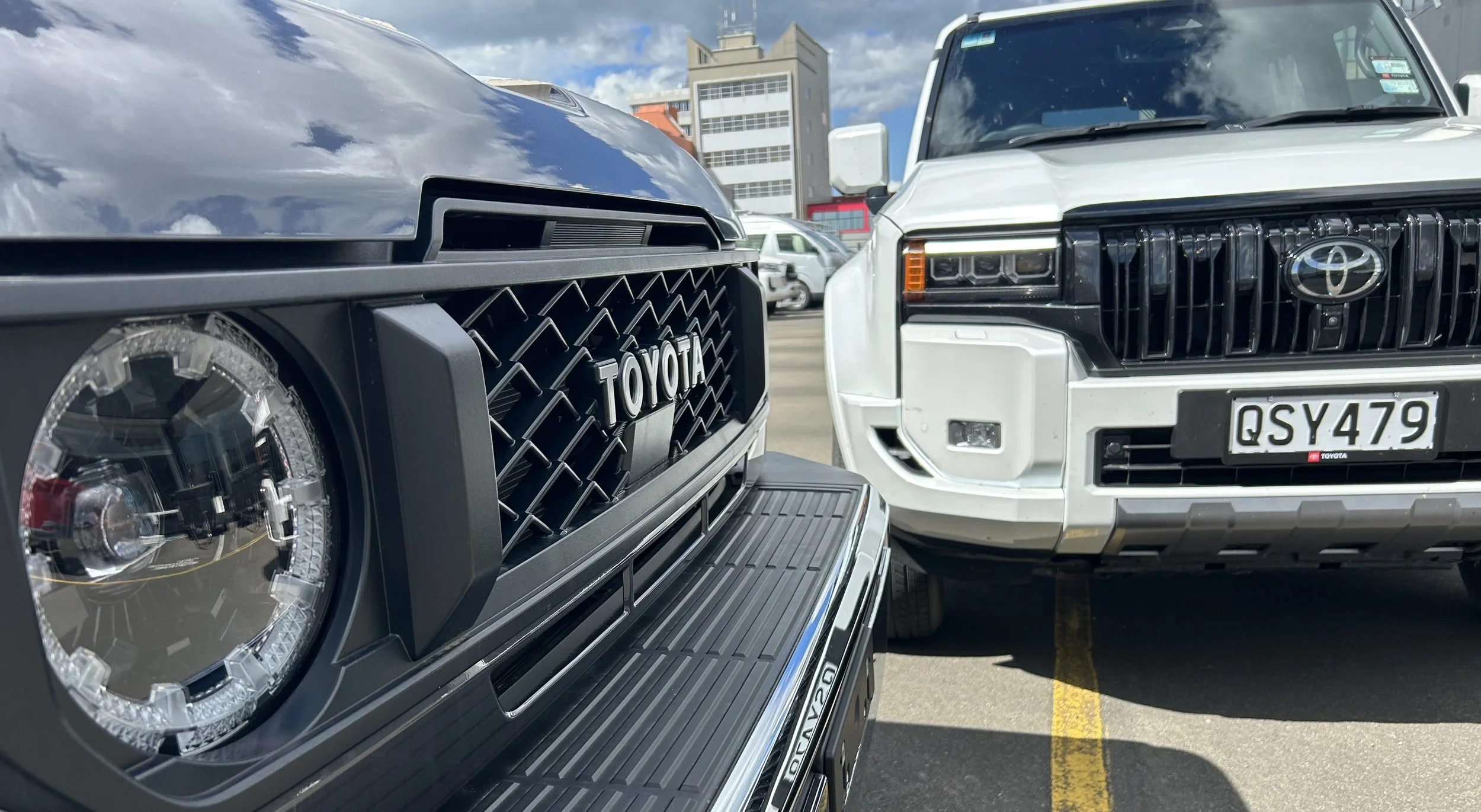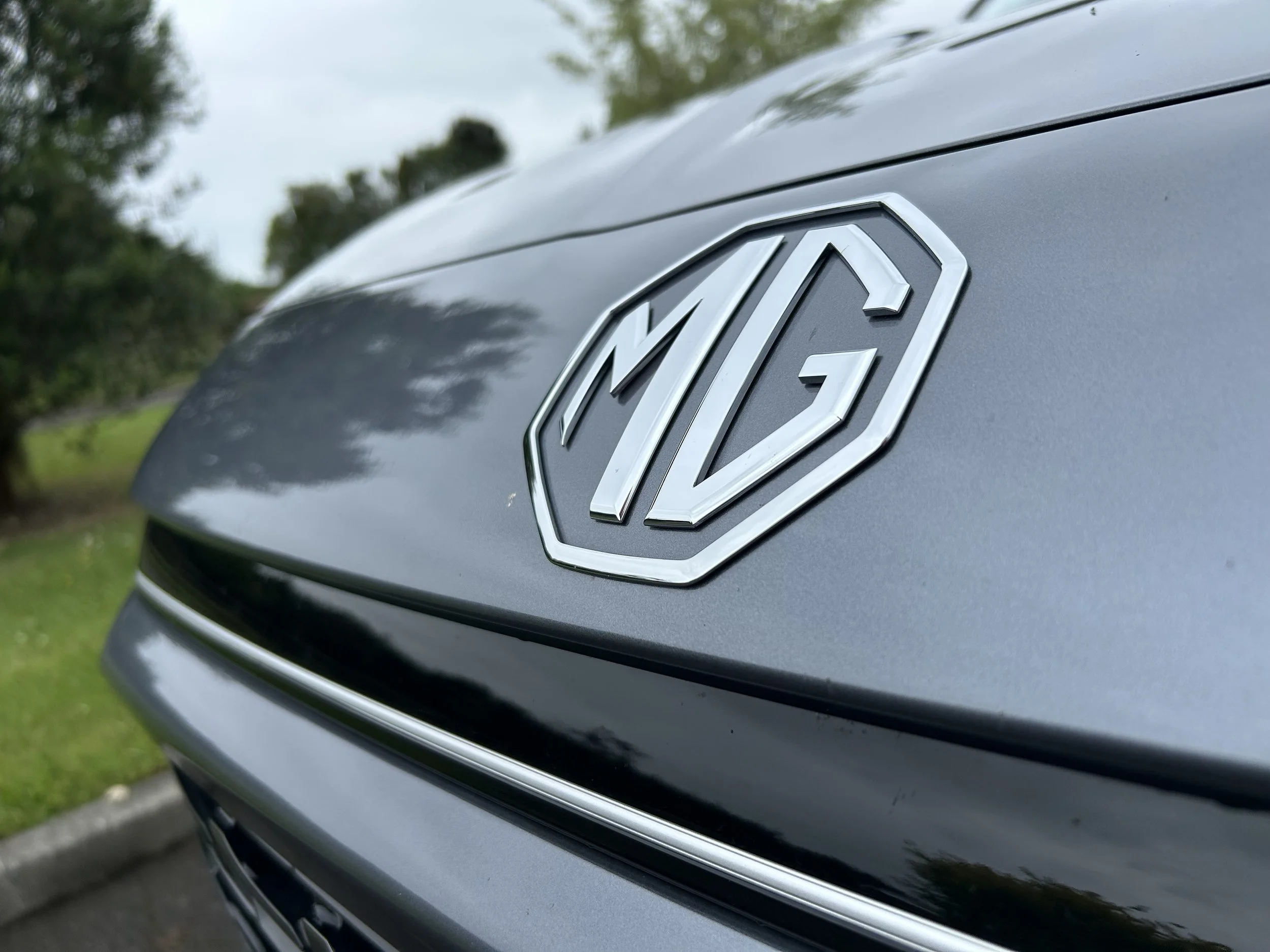The Stanleys: In the age of steam, they were on the boil
/Little complexity, a technology anyone of the age understood … when it came to teapots with wheels, twin brothers stood tall.
this 1910 Model 10 was one of America’s first sports cars, known as Gentleman’s Speedy Roadsters
THE Stanley brothers, Francis Edgar (1849-1918), F.E. to his friends, and his twin brother Freelan Oscar (aka F.O), who lived until 1940, will forever be associated with steam-powered automobiles.
However, as with many automotive pioneers these were men of diverse talents and interests that made tremendous contributions to an array of industries.
The brothers were born June 1, 1849. From an early age they displayed a talent for music, for playing practical jokes that centered on their identical appearance, for business and for mechanical aptitude.
In 1859 with support from their father they started a small business refining and selling maple sugar. The brothers had also developed a local reputation for their ability to play the violin and with tutelage from their grandfather, Liberty, began making these instruments. Freelan had completed three violins by the age of 16. This was the birth of a lifelong hobby.
At the age of 20 the brothers began attending Western State Normal School with a goal of becoming teachers. Then for a brief time, they parted ways.
Freelan Oscar continued on course and became an educator, and then launched a small business to manufacture the Stanley Practical Drawing Set as a sideline. Francis Edgar chased his dream of becoming a portrait artist, and in 1874 moved to Lewiston, Maine where he opened a photography studio. Two years later he perfected the photographic atomizer, a forerunner of the modern air brush, which he patented in 1876.
Then in 1882 the brothers began experimenting with various photograph development processes and established the Stanley Dry Plate Company in Boston. As an interesting historic footnote, the brothers would sell their company and patents to a gentleman named George Eastman. He would use these as the foundation for a multifaceted photography company named Kodak.
In the late 1890s, the experimentations of men like Ransom E. Olds, and the demonstration of a steam powered carriage in nearby Watertown, Massachusetts captured the attention of Francis Edgar.
Soon he and his brother were deeply engaged in experimentation of their own, first with an electric horseless carriage and then with an internal combustion version.
By 1896 they had decided that steam was the better option because “it is reliable and easily understood.” Using components from Francis’s wagon and bicycle parts from Sterling Elliott's bicycle factory they completed their first vehicle the following year.
After extensive testing and refinement, the Stanley Brothers took the vehicle to the 1898 Boston Auto Show. The resultant orders for three vehicles served as incentive for the brothers to launch a new enterprise, the Stanley Steam Company.
Later that autumn they entered a race at Boston’s Charles Park, and with speeds nearing 45 kilometres per hour bested a De Dion tricycle and a Whitney, another steamer. Then they entered the hill climbing competition and their steamer was the only one to reach the summit. It was a day well spent as the publicity from the event garnered 200 orders for the fledgling company.
The success of the company was noted by wealthy publisher John Brisben Walker who was eager to enter the automobile manufacturing business. In 1899 he offered to purchase the Stanley’s company and assume all outstanding debts.
Reluctant to sell, the brothers countered with an offer they deemed ridiculously excessive - $250,000. Much to their surprise Walker accepted the counteroffer.
However, Walker and his partner, Amzi Barber, began a feud almost immediately and soon divided the company to create two new manufacturers, Mobile and Locomobile.
This was not the end of the Stanley brothers’ automotive endeavors. It was merely the first chapter. With the sale of the company the brothers now had capital for experimentation and development, and in 1901, they launched a new company – Stanley Motor Carriage Company.
Production commenced that year from their Newton, Massachusetts factory even though advancements with internal combustion engines was already encroaching on the steam car market. This did not deter the Stanley brothers.
They steadfastly adhered to perfecting their steam powered vehicles even though sales were constrained. And they continued garnering headlines. In 1906 at Ormond Beach in Florida, now Daytona Beach, Fred Marriott, the company’s repair department manager piloted the streamlined Stanley Woggle Bug racer to a new land speed record – 205.3kmh (127.6mph) for the standing mile. The following year, with an improved model, Marriott crashed at around 240kmh (150mph).
The company continued promoting its cars through racing and performance events but chose to limit traditional marketing. As a result, sales remained anaemic with only 5200 cars manufactured by 1911. The death knell came in 1912 when Cadillac introduced an electric starter as standard equipment. Surprisingly, unlike many of its competitors, Stanley soldiered on to 1929.
Modernisation and changes came slowly for the company. In 1913 electric lights became an option. The commercial line of vehicles, busses, and trucks was discontinued in 1916. Reluctantly in 1917 the brothers agreed to initiate a modest advertising campaign. The following year Francis Edgar was killed in an automobile accident, and by 1923 the company was on the brink of bankruptcy.
Freelan divested himself of the company by selling it to the Steam Vehicle Corporation of America. Even though the new owners attempted to modernise the Stanley with addition of items such as hydraulic brakes, the age of steam had passed.
With a liquidation sale in 1929, the Stanley steamer story came to an end. Even though dozens of companies had manufactured steam powered automobiles during the infancy of the automobile, the Stanley is the one that became synonymous with vehicles that had once been derisively referred to as teapots with wheels.
STeam has lost its puff when this 1920 Model 735 came out. Fewer than 1000 were sold in its first year.



















